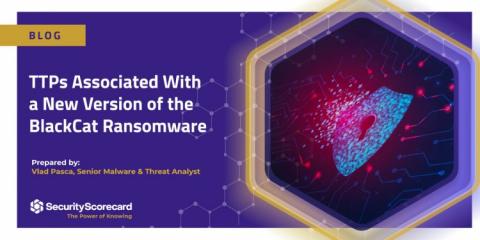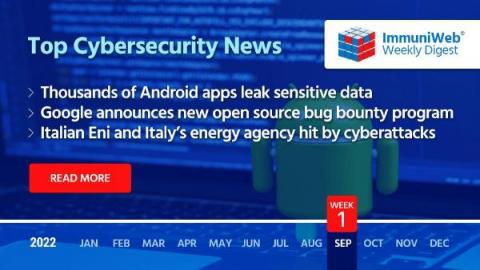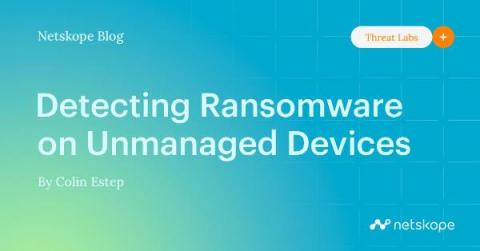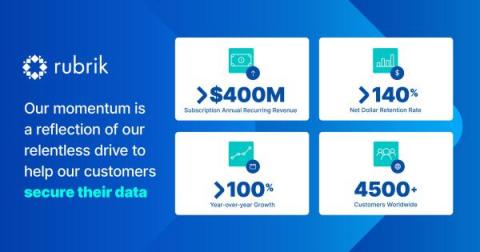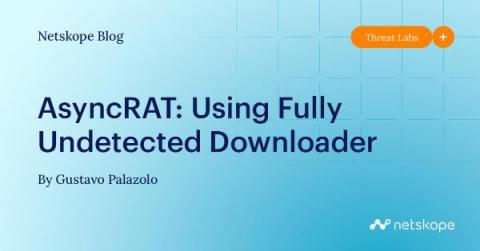How Penetration Testing can help prevent Ransomware Attacks
It is hard to believe, but ransomware is more than three decades old. While many would think that the ransomware mayhem started with the WannaCry attack of 2017, that is simply the most publicized example. Since then, dozens of ransomware strains have been utilized in a variety of cyberattacks.




